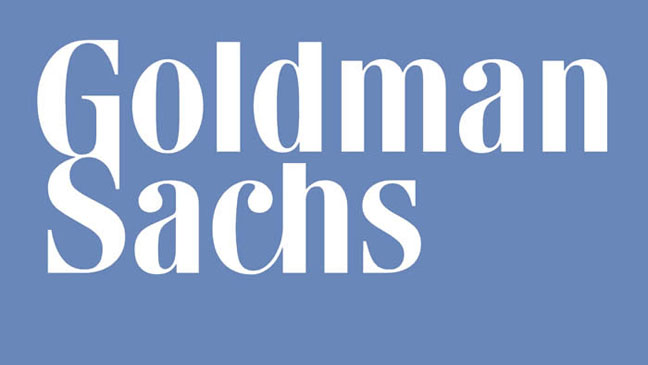 Why do most pundits continue to characterize the billions of dollars that the federal government has loaned to AIG over the past six months as “the AIG bailout?”
Why do most pundits continue to characterize the billions of dollars that the federal government has loaned to AIG over the past six months as “the AIG bailout?”
As this WSJ weekend article and this subsequent Bloomberg article note, the funds that the Fed and the Treasury have loaned to AIG really bailout out Goldman Sachs and a number of other prominent banks, including some of Europe’s largest.
Thus, shouldn’t we be calling this the “Goldman Sachs bailout?”
By now, we all know what happened. AIG sold credit default swaps that provided the buyer of the CDS with insurance against default on bonds and other credit instruments that the buyers held.
However, insurance is only as good as the financial capacity of the insurer to pay claims on that insurance.
So, when it became apparent last summer that AIG had seriously blown the assessment of its risk in issuing CDS, the level of the credit risk that AIG had insured was well beyond its ability to pay potential claims on the CDS.
That’s not good news for a trust-based business.
Consequently, when bond defaults started hemorrhaging through the mortgage markets, the buyers of AIG’s CDS — namely Goldman and the Euro banks — had a similar problem to AIG’s. They had failed to assess the risk of doing business with their insurer accurately and they were facing huge losses on their CDS claims.
Well, under normal circumstances, that shouldn’t have been any big deal to anyone other than parties involved. AIG would have been floundered into chapter 11.
Goldman and the other big creditors would have assessed whether it made sense to reorganize the company or simply liquidate its constituent parts. The creditors would have converted their debt to equity in a new AIG or taken a haircut on their claims in return for receiving a portion of AIG’s liquidation proceeds.
Everyone would have licked their wounds and the profitable parts of AIG’s business would have emerged from bankruptcy with new owners highly incentivized to generate value for their ownership interest.
That’s the way markets have sorted out such errors in judgment for generations.
However, as we all know, that’s not what has happened this time. Instead, after stirring up a climate of fear, the federal government — led by supposedly free-market oriented Republicans — paid Goldman and the Euro banks full price for the unsecured claims that they would otherwise be asserting against AIG in a chapter 11 case.
And the new Democratic administration doesn’t appear to have any better understanding of what to do now that it is clear that the prior Administration’s gambit has failed miserably.
It really is not rocket science. Larry Ribstein concurs.
The Financial Times’ William Buiter summarizes the lesson that we all should learn from this:
The logic of collective action teaches us that a small group of interested parties, each with much at stake, will run rings around large numbers of interested parties each one of which has much less at stake individually, even though their aggregate stake may well be larger.
The organized lobbying bulldozer of Wall Street sweeps the floor with the US tax payer anytime.The modalities of the bailout by the Fed of the AIG counterparties is a textbook example of the logic of collective action at work.
It is scandalous: unfair, inefficient, expensive and unnecessary.
Like this:
Like Loading...
 As most folks following the upfolding Stanford Financial Group scandal know by now, Laura Pendergest-Holt was the first Stanford executive arrested in connection with the scandal.
As most folks following the upfolding Stanford Financial Group scandal know by now, Laura Pendergest-Holt was the first Stanford executive arrested in connection with the scandal.





 Former Hollinger International chairman and CEO
Former Hollinger International chairman and CEO 
